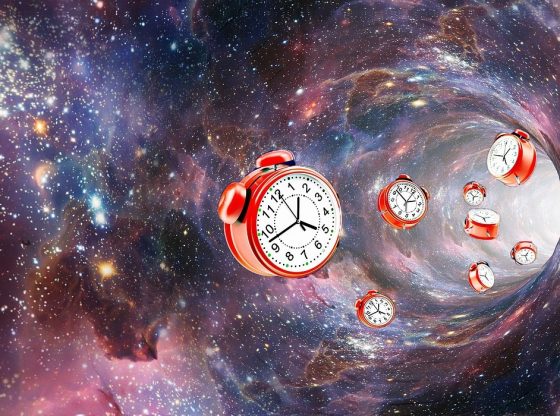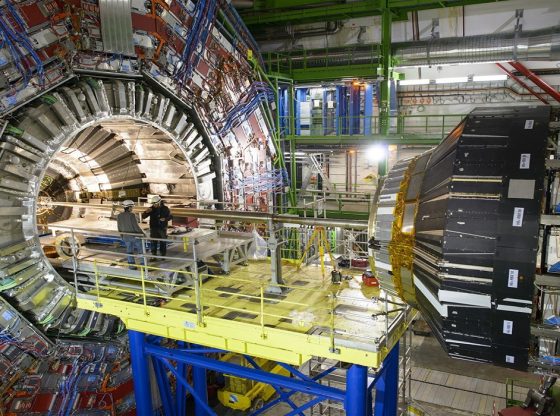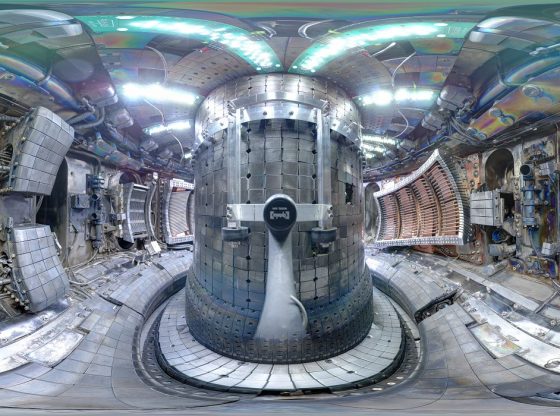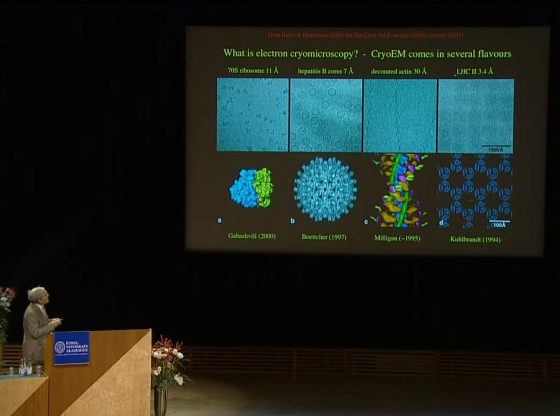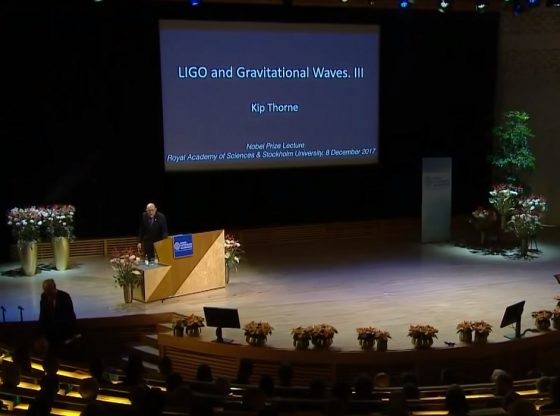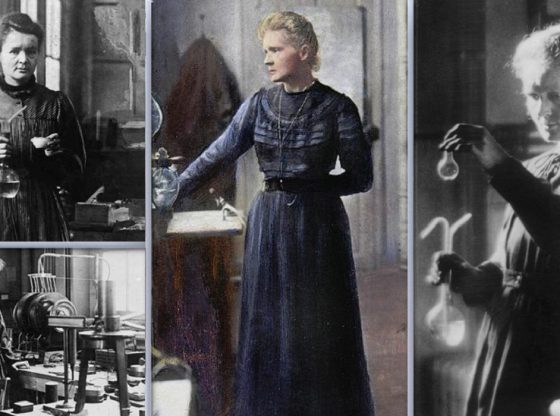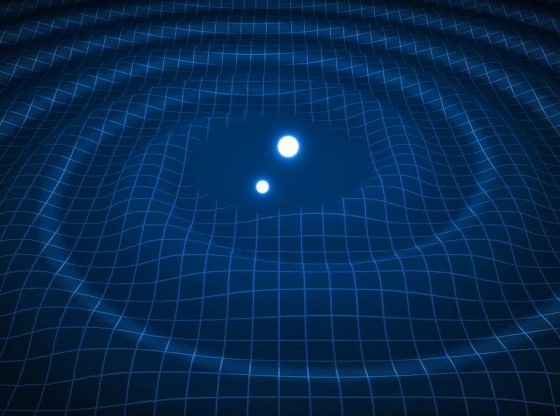
After more than 100 years of defining the kilogram according to a metal artifact, humanity is now ready to change the unit based on a constant of nature.
The kilogram is part of a system of weights and measures known as the Système international d’unités (SI), commonly known as the metric system. The metric system is used across the world to determine the distance of a road (meters), the duration of a workday (seconds), and the mass of raw materials (kilogram).
Since 1889, countries who are members of the General Conference on Weights and Measures have agreed to use a standard block of metal – kept near Paris – to define the kilogram. This International Prototype of the Kilogram (IPK) has been the official standard since 1879, but it isn’t as unchanging as you might think.
In a world where accurate measurement is now critical in many areas, such as in drug development, nanotechnology, and precision engineering – those responsible for maintaining the international system had no option but to move beyond Le Grand K to a more robust definition.
Although the modern block is stored in a highly controlled environment, its weight can change by tiny amounts as wear and tear cause it to lose mass and dirt causes it to increase and to address this problem, scientists around the world have spent nearly two decades discussing how the kilogram could instead be defined in relation to constant measurements of nature. And now they have finally reached a decision.
On Friday, researchers meeting in Versailles – organized by the International Bureau of Weights and Measures – voted to get rid of it in favor of defining a kilogram in terms of an electric current. The kilogram is now defined using a calculation based on Planck’s constant, or h, which can be thought of as the smallest amount of energy possible. Along with the kilogram, three other units were also redefined: the ampere, Kelvin, and mole, all of which are now officially linked to constants of nature.
The new definition using (h) will be defined as 6.62607015×10−34 joule seconds. Planck’s constant can be found by dividing the amount of energy a particle of light or “photon” carries by its electromagnetic frequency.
The constant is usually measured in joule seconds but this can also be expressed as kilogram square meters per second. We know what a second and a meter is from the other definitions. So by adding these measurements, along with an exact knowledge of Planck’s constant, we can get a new, very precise definition of the kilogram.



